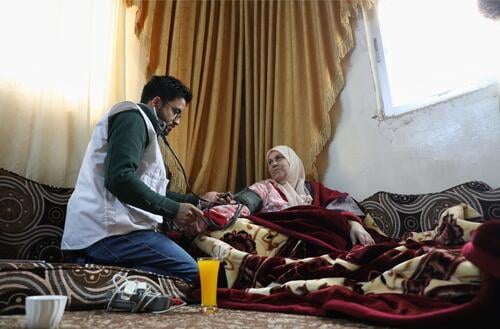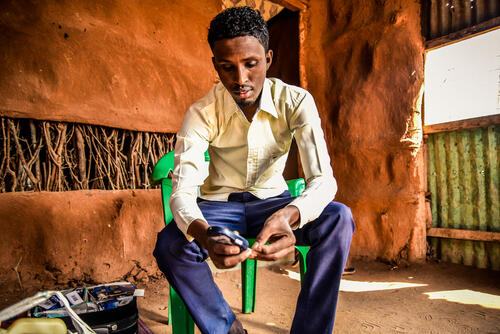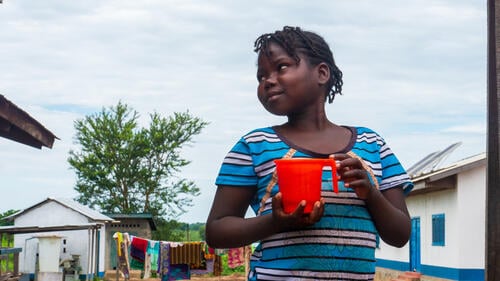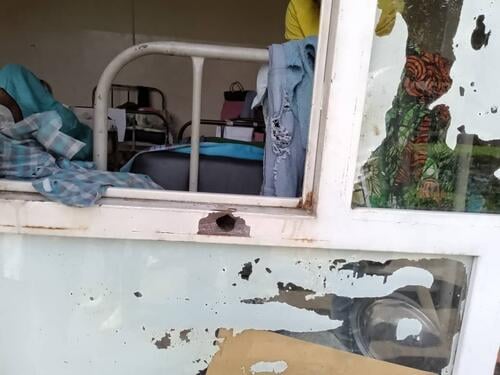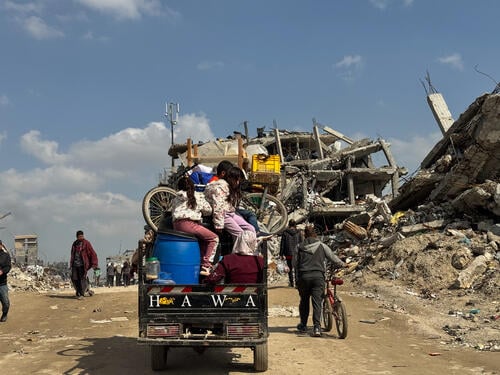To many people, diabetes is a common long-term condition. In fact, most of us will know at least one person living with the illness. We may have also heard of insulin: a simple but lifesaving drug.
However, when conflict, displacement or even corporate practices leave a diabetic patient cut off from care, this everyday condition can fast become complicated and life-threatening.
Why does MSF work on diabetes?
Diabetes is a chronic disease that occurs when the body cannot produce enough insulin – a hormone that regulates the levels of glucose (sugar) in our blood. Without regular treatment, with oral tablets or injections of insulin, these higher levels of blood sugar can eventually lead to heart disease and kidney failure, as well as nerve damage and blindness.
An estimated 463 million people are living with diabetes worldwide, a figure that has nearly doubled in the last 30 years. Worryingly, cases are rising much faster in low-income and middle-income countries – including regions where people are living through insecurity or other healthcare crises.
In particular, access to insulin is a challenge. This means that in countless communities, people living with diabetes who require insulin face obstacles in receiving the medicines and care they need to stay healthy.
A humanitarian emergency
Here are eight reasons why, in many places, diabetes is a healthcare emergency:
1 – Invisible illness
Despite diabetes being a growing issue worldwide, it’s thought that the diagnosis rates among people living through humanitarian crises are actually very low. So, when you consider that cases of diabetes are rising fastest in low-income countries, the number of people living with a completely untreated condition could be stark.
2 – Travel can be dangerous
For people living with diabetes in conflict zones or regions suffering from insecurity, making regular trips to healthcare centres to collect insulin or receive treatment can be extremely dangerous – particularly when many patients may not have access to transport.
3 – Insulin isn’t always available
In remote and rural places, or regions with limited access to resources, a medical centre itself may not have a reliable supply of insulin, meaning some patients end up rationing their supply or even going without, risking consequences for their health or even death.
4 – Big Pharma prices
Just three companies – Novo Nordisk, Eli Lilly and Sanofi – control 90 per cent of the entire insulin market. These pharmaceutical corporations set prices high which significantly impact patients and healthcare organisations all over the world. However, there are several companies working with the World Health Organization to produce generic versions of insulin that could be much cheaper and so much more widely available.
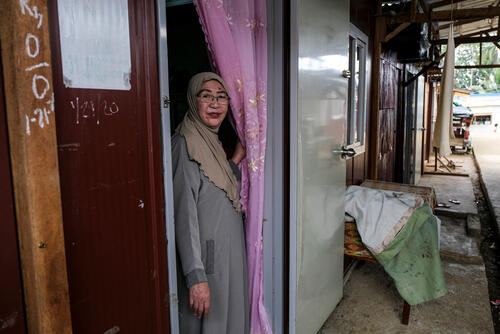
5 – Food insecurity
A fundamental part of managing diabetes is also managing diet and therefore blood sugar. However, when food may be scarce, or events such as conflict have caused the cost of everyday staples to rise – for example in Yemen – then maintaining regular meal times and reliable portions can become incredibly difficult.
6 – Needles, syringes and waste
Along with access to insulin itself, the problem of finding and affording the bundle of tools required – like needles, syringes and monitoring devices – can be challenging. Even with a reliable supply, keeping these vital items clean, and disposing of them safely, is also difficult – especially for patients who have been forced from their homes or now live in refugee or displaced people’s camps.
7 – The fridge myth
In many places, daily temperatures can far exceed the recommended storage range for insulin. Normally, insulin is stored in a fridge, but this is an issue when a person doesn’t have one – either due to poverty, limited power or because they have been forced from home. Instead, patients will often make multiple journeys a day to reach a healthcare clinic, costing time, money and potentially their safety. However, from experience, we know simple alternative storage solutions (such as basic clay pots) can provide a way of maintaining cool and stable temperatures to store insulin for some time.
8 – The cycle of complications
When a person living through a humanitarian crisis is unable to manage their diabetes, the long-term risk of serious complications – including kidney failure, heart disease and vision loss – rise significantly. And, when such conditions reach the point of needing urgent medical attention, the availability of specialised and emergency care may not be easy to access. Leaving diabetes untreated becomes a vicious cycle, resulting in more complicated conditions that need more advanced treatments, but are even less likely to be available in the middle of a humanitarian crisis.



